Intersections: Ski Racing and Photography; Some Thoughts, Part 2
Fundamental to alpine ski racing and the intersection of the sport and race photography is its physical setting. Because alpine racing is a gravity sport, it requires both vertical gradients and low-friction racing surfaces. Its ideal and stereotypical setting therefore combines mountains and snow. Aside from satisfying the sport's requirements - gradient and low friction - it is impossible to ignore the aesthetic results of meeting those demands. Perhaps not incidentally to the early alpine racing pioneers, the sport plays out in magnificent amphitheaters situated in and on mountains, sometimes great mountains. It takes place out beneath skies that vary from vast to claustrophobic and that range from impossible lapis blues to the whites, grays, and blacks of snow, fog, and rain. Their magnificence exceeds that of the greatest cathedrals, the most elaborate opera houses. The sport's setting is elemental in its broadest sense: crystals of frozen water cover mineral crystals. But this elemental simplicity can't obscure the nearly infinite complexities of the setting and the attraction of competing in a beautiful sport in beautiful settings.
Like a theatrical drama, a race happens on the stage of the race hill. Athletes, like actors hitting their marks, ski a ribbon of snow, whose width is determined by both the script the course setter has written and the athletes’ interpretations.
Because this is a gravity sport, part of the racer’s art is managing and harnessing gravity. It is also part of the race photographer’s art. The low friction surface that allows racing challenges spectators, especially those trying to balance camera gear and take pictures. The locations of the highest race-course drama are not always the best places for stable, secure photography.
The magnificent surroundings provide some relief. Interludes in racing allow pictures of mountains, peaks, passes, couloirs, cornices. Even the ocean. Landscape photography momentarily supplants race photography.
Here are some views of what can be seen from the race courses at Alyeska.
A palisade of mountain peaks and upthrust ridges completely surrounds the amphitheater. Here, from the race hill, looking across Cook Inlet:
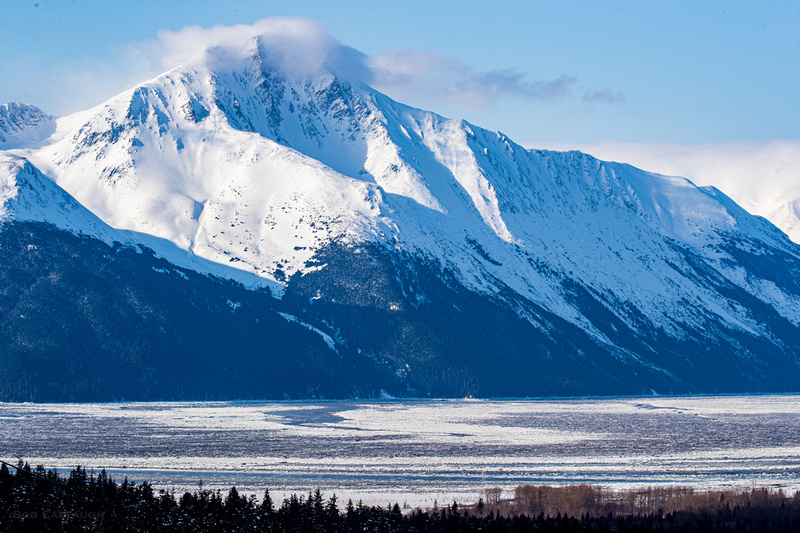 A92I2629
A92I2629
Fog lenses can drift in.
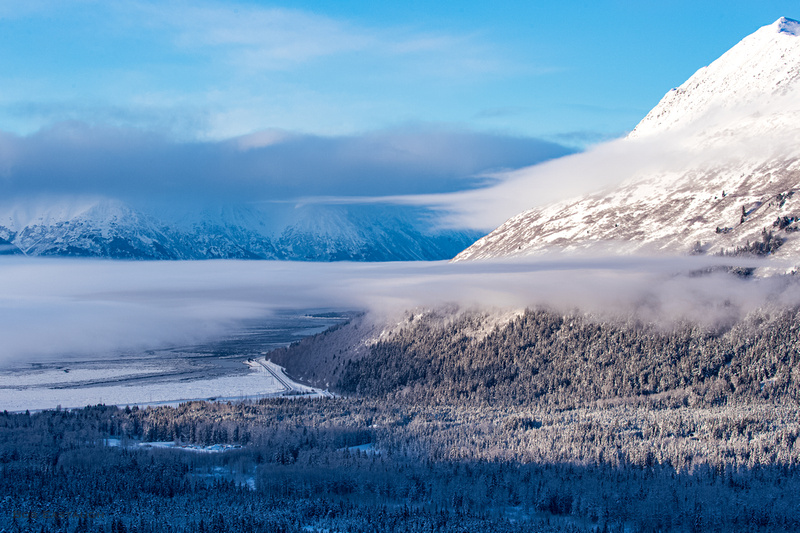 A92I8736
A92I8736
From higher on the mountain during an early morning, early season, race, not yet brightly lit:
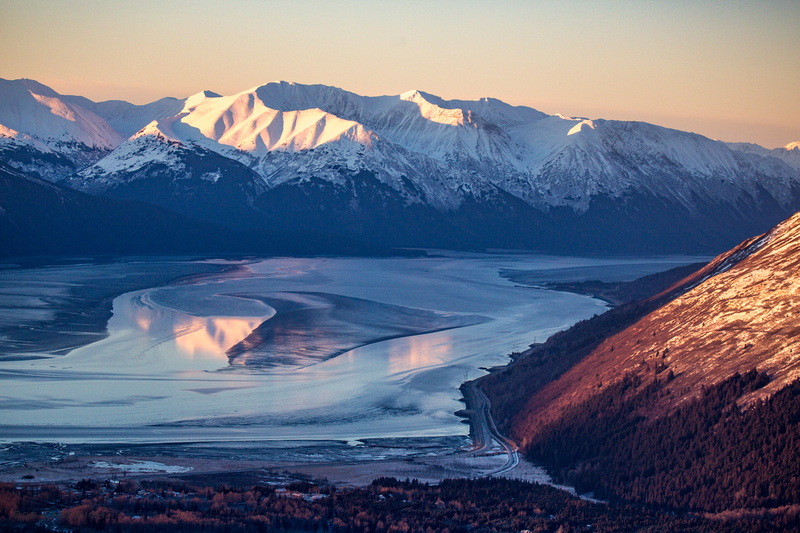 K03C3874
K03C3874
The surrounding palisade includes glaciers, seracs, valleys, bowls that can be ripped by wind.
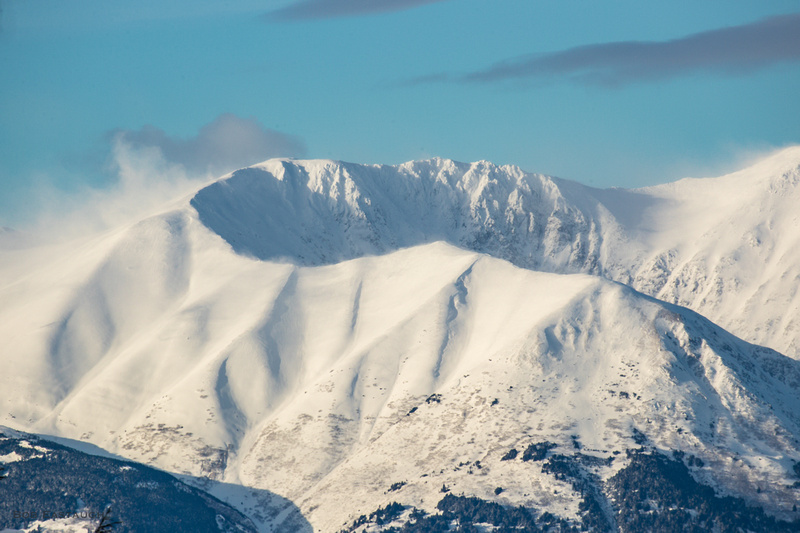 A92I2503
A92I2503
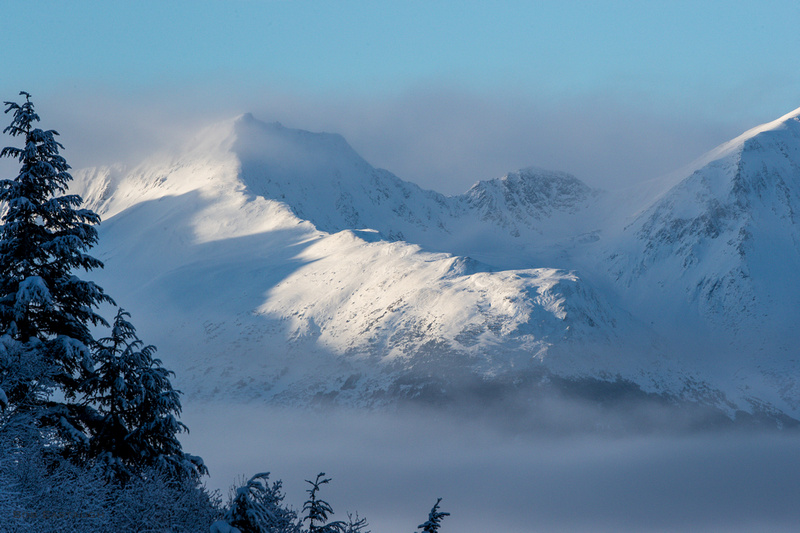 A92I8708
A92I8708
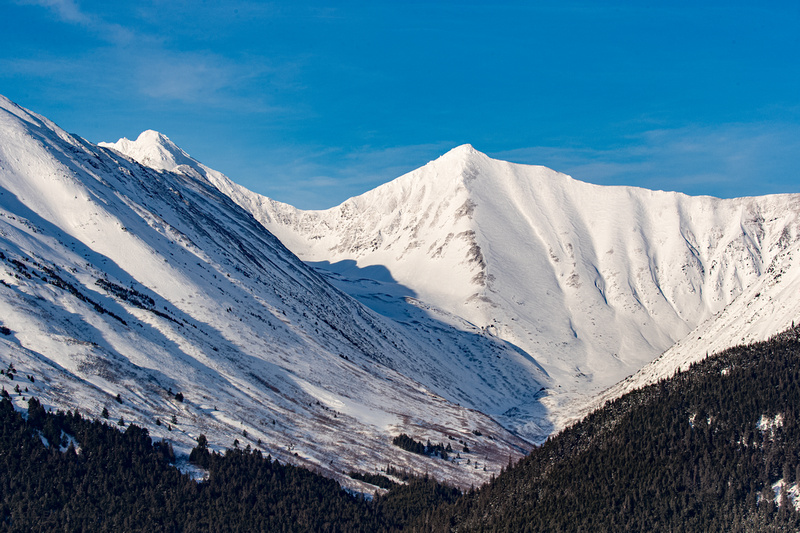 A92I6600
A92I6600
Closer to home, Alyeska mountain looms over the lower chairlift and the base station for the upper chair.
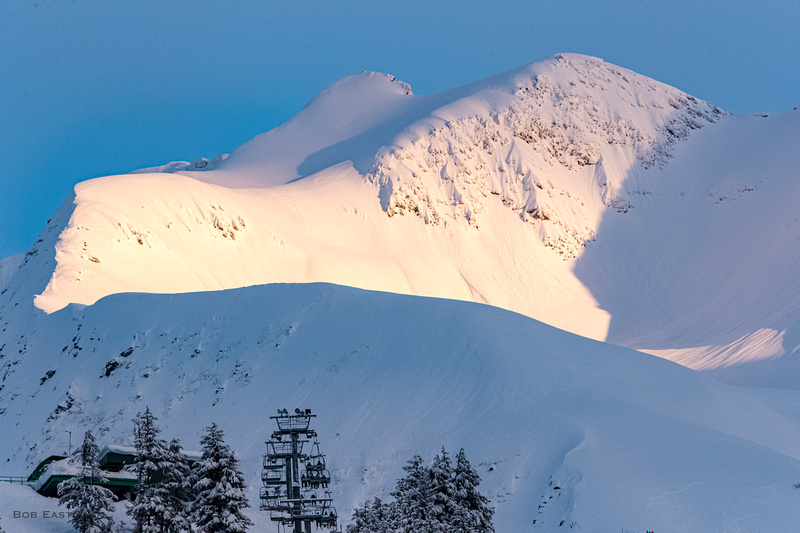 A92I9339
A92I9339
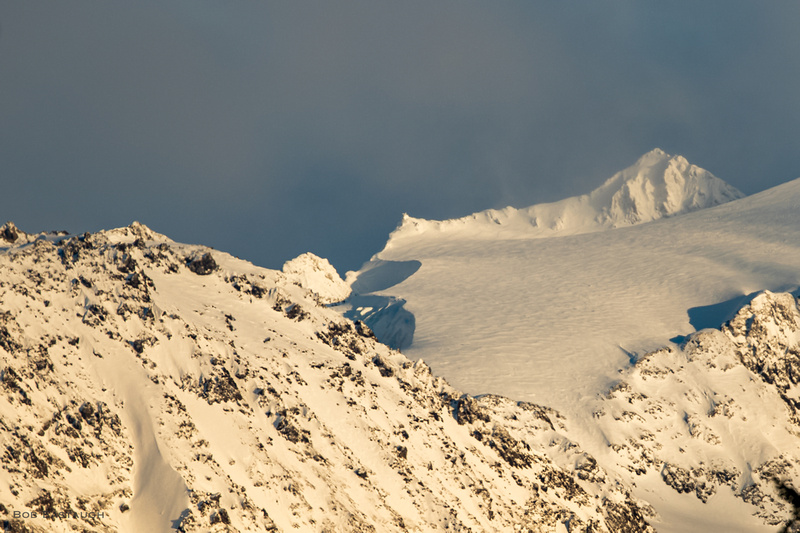 A92I9331
A92I9331
This was the race arena for the middle part of the U.S. National Downhill in 2007, fenced with red B-Net, from Chilkoot Ridge to the Waterfall.
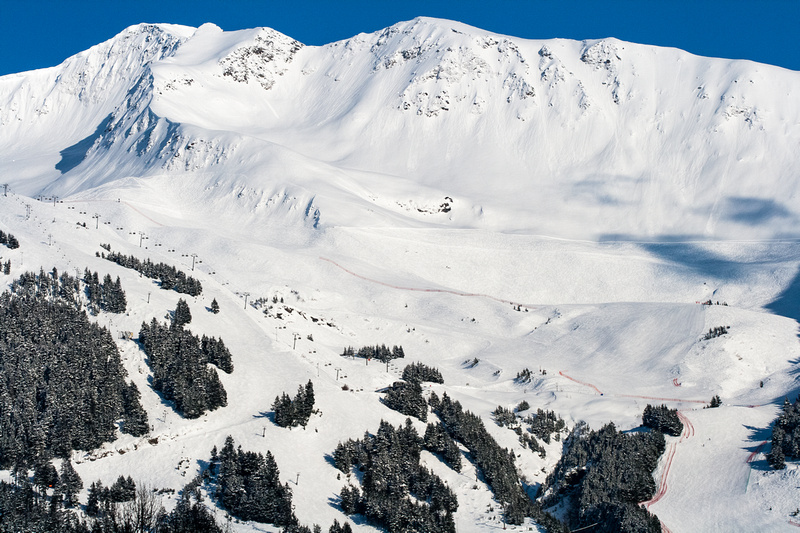 IMG_0377-2
IMG_0377-2
Looking up from the Tanaka Hill courses, to see the Waterfall pitch from below, and Alyeska Mountain and its cornice above.
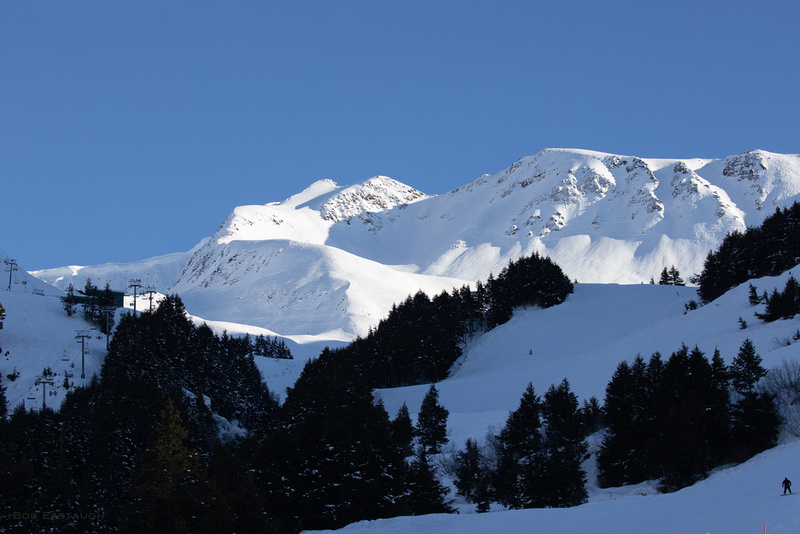 131A5217
131A5217
Landscape photography with a long lens: what the spectator can see from beside the race course:
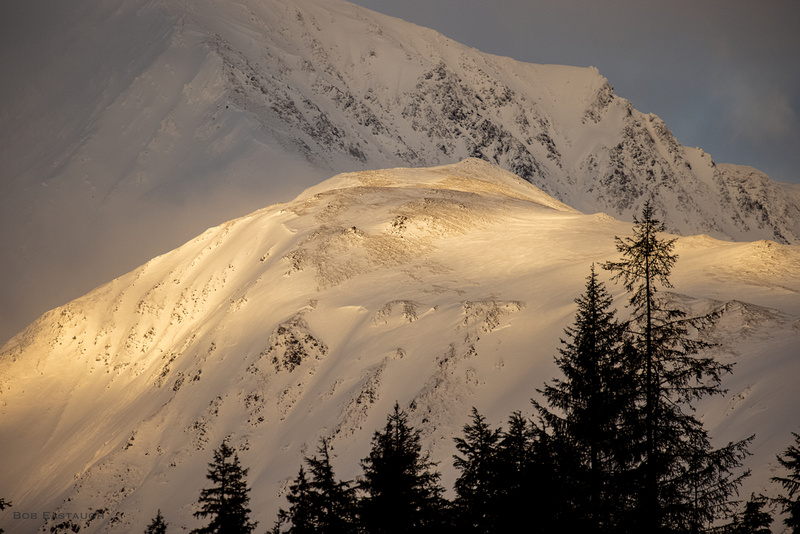 131A0343
131A0343
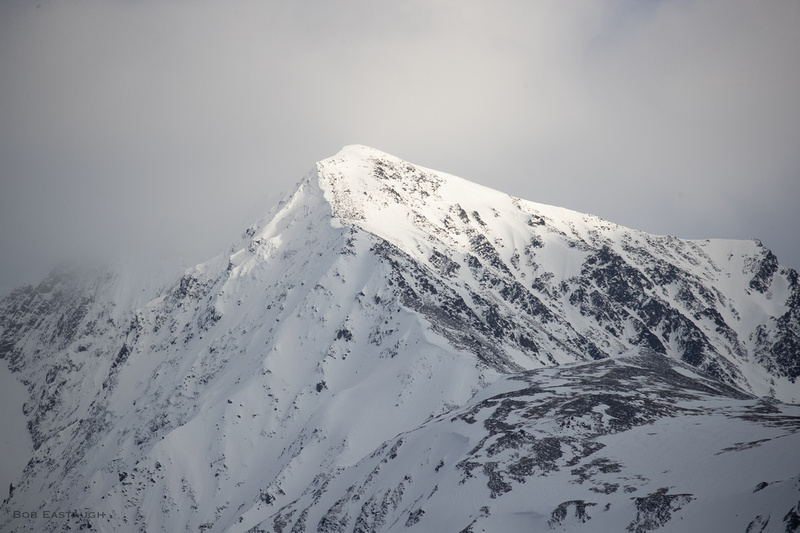 A92I1688
A92I1688
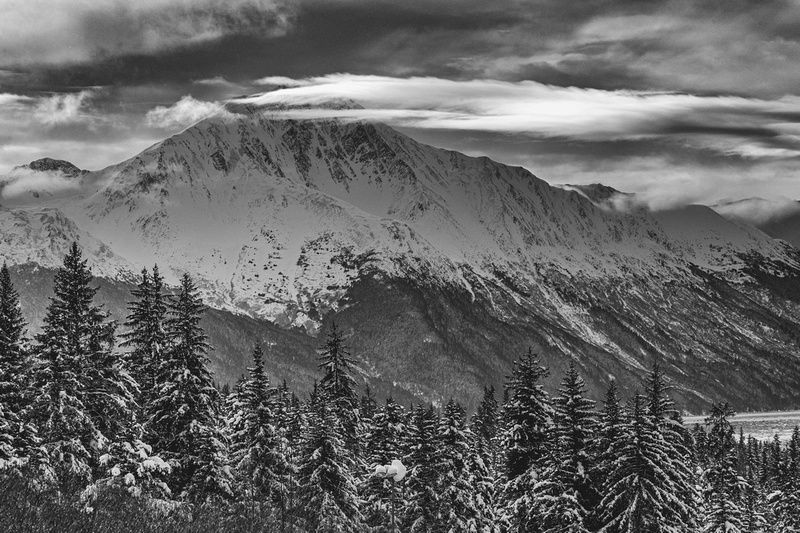 A92I1560-Edit
A92I1560-Edit
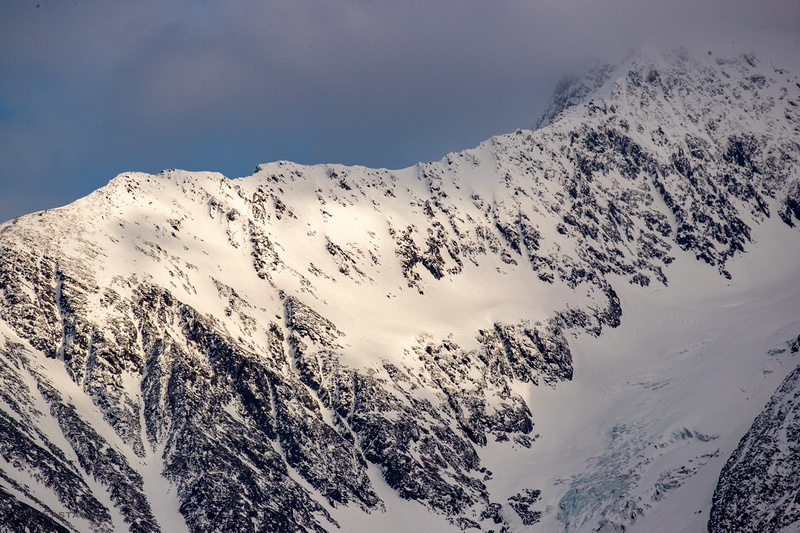 A92I1684
A92I1684
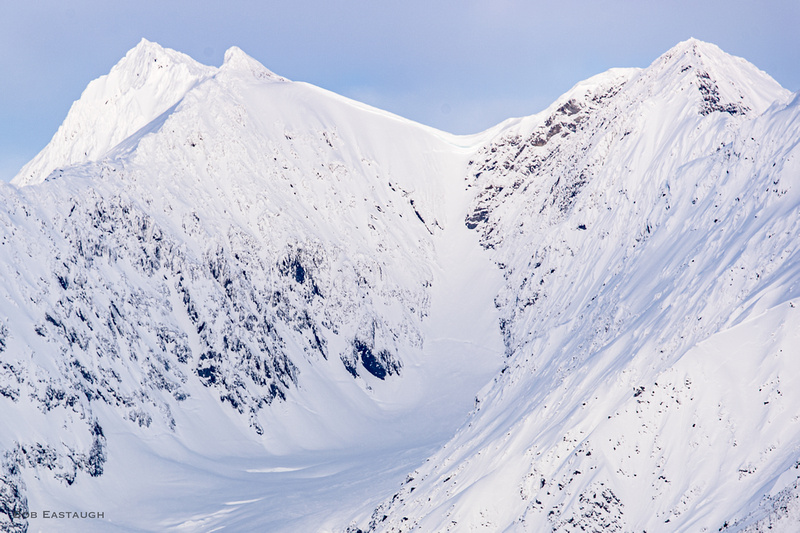 A92I4666
A92I4666
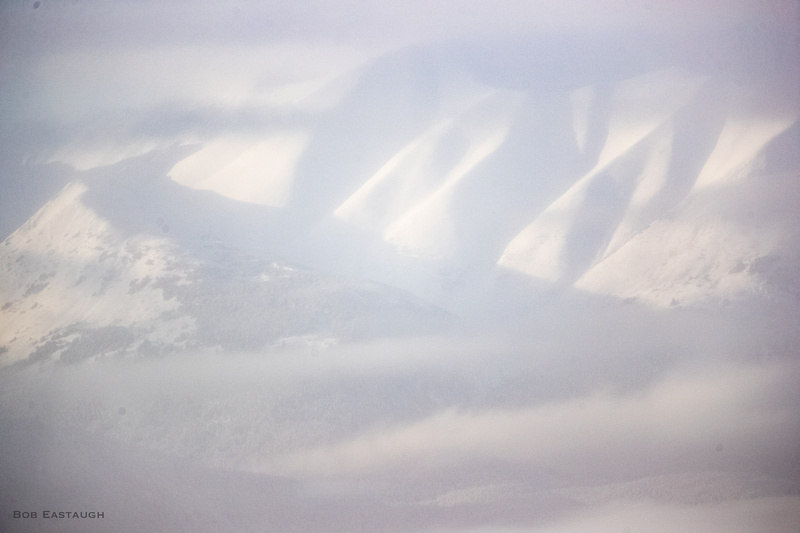 A92I6135
A92I6135
For the racer, this is the payoff: launching onto a perfectly prepared downhill course in sun. There won't be time to admire the surroundings.
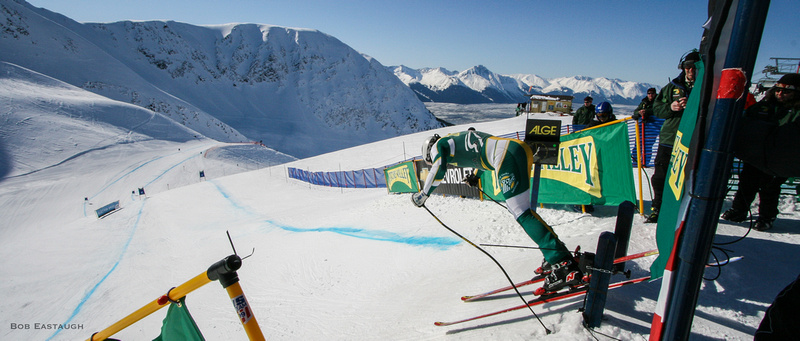 IMG_0483
IMG_0483
Comments
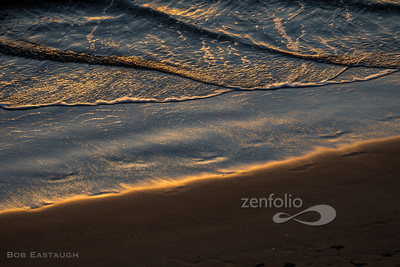

After a lifetime of mainly expressing myself with words, my postings here will mainly rely on images. They will speak for themselves to some extent, but I'll usually add a few comments of explanation. I've taken photographs for decades, since the 1950's, inspired in part by my father's photographic skill. Four years of photo assignments and quality darkroom time eventually gave way to decades of casual and family picture-taking. I re-immersed myself when I left film and turned to digital.